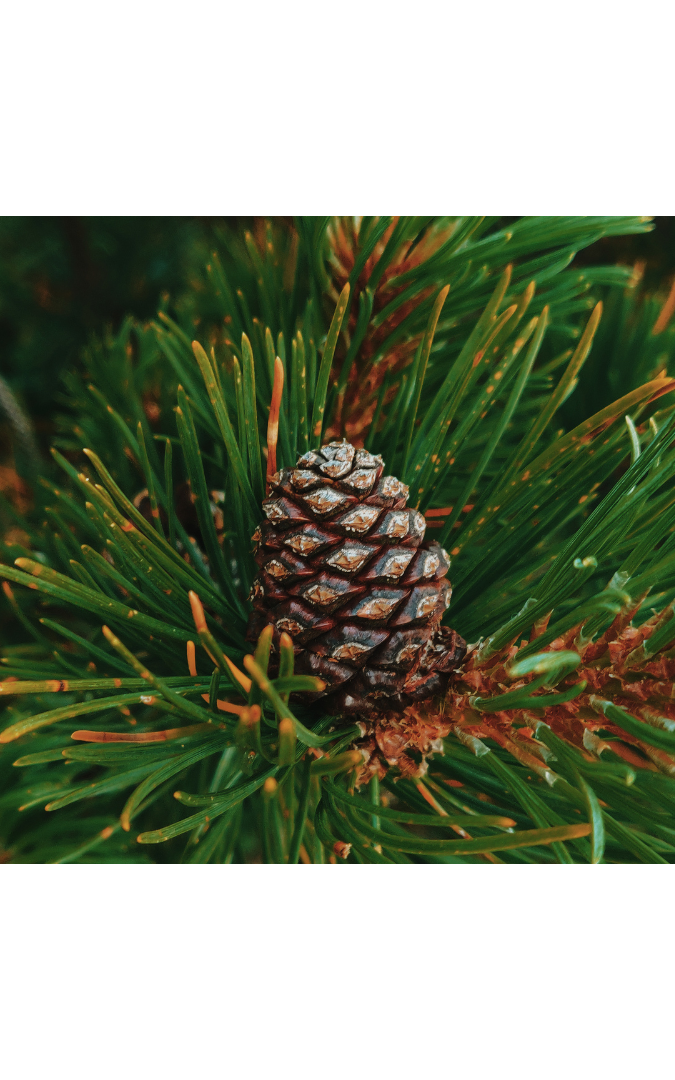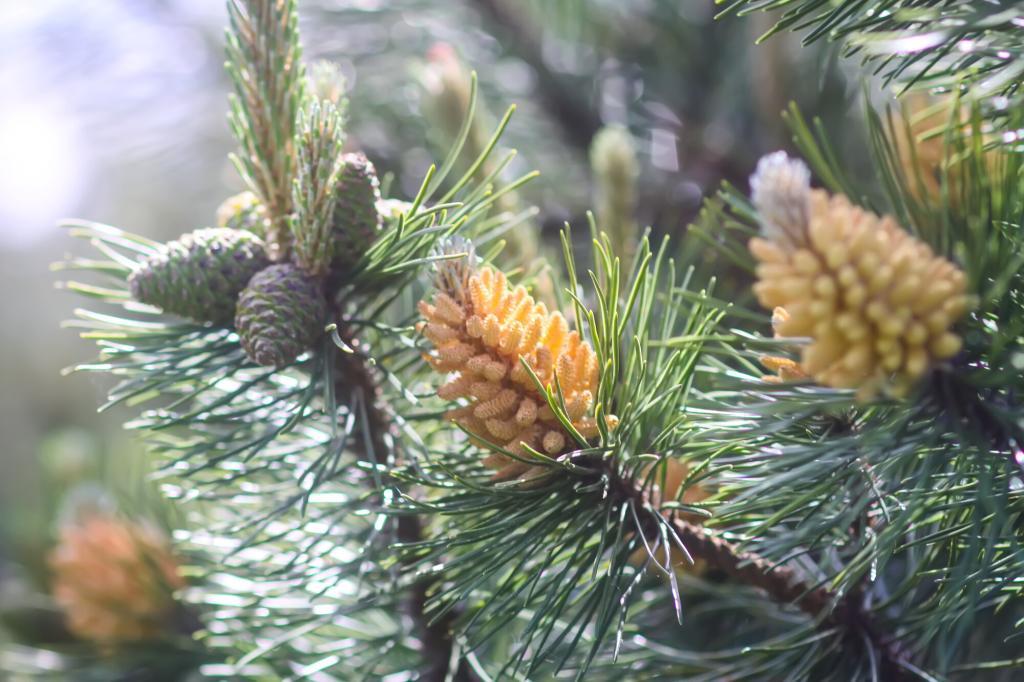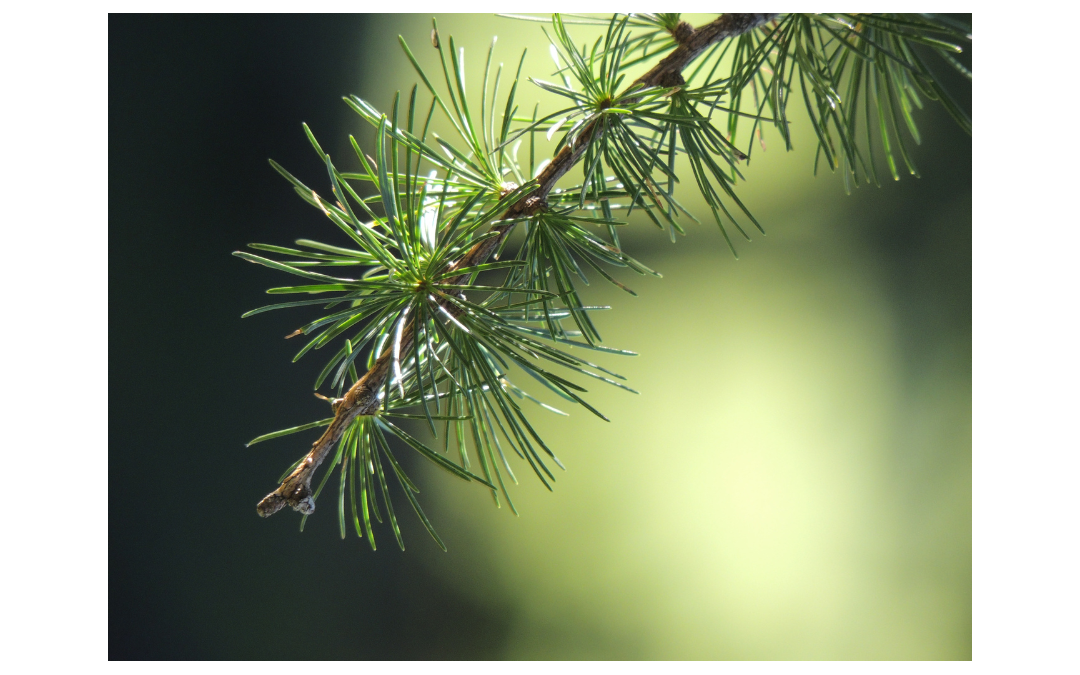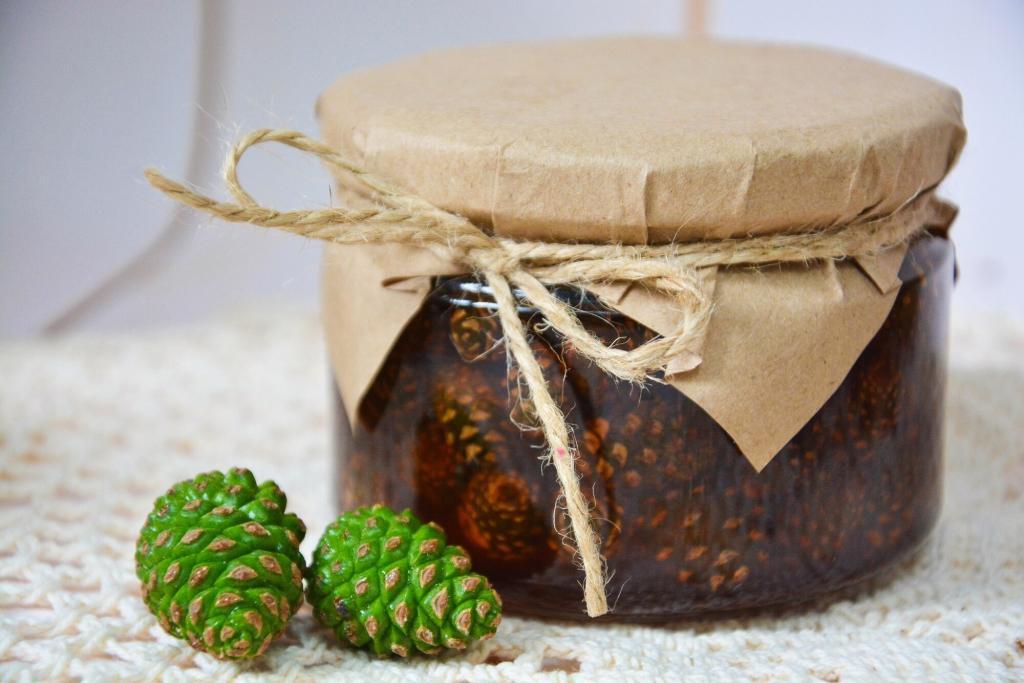Knowing if you can eat pine cones aka conifer cones in the wild is essential for survival. We both know what can happen when you eat the bad thing that looks like the safe thing…
But what about those prickly and seemingly inedible cones found on pine trees? Can you eat pine cones for survival in a pinch?
In short, yes, you can eat pine cones. But it depends on the species and if they are mature enough.
However, they are not a recommended food source for humans due to their tough texture and indigestibility. Read on to find out how a pine cone could be used in an emergency situation if nothing else is available.

What is a Pine Cone?
Pine cones are cone-shaped seed-bearing structures produced by coniferous trees. Examples are pine, fir, spruce, and cedar.
Pine cones refer to the fruit only found on pine trees. Pine trees produce male and female cones, though only the female cones are edible.
Female pine cones contain seeds larger than their male counterparts. They are usually found in clusters near the ends of branches.
They also have a smooth surface covered in woody scales, rather than the spiky scales found on male cones.
Male pine cones resemble thin cylinders and are smaller, resembling little corn cobs.
Pine cones might not look appealing, but they’re a good food source in survival situations.
How to Find Pine Cone Trees
You must learn to identify pine cone trees before harvesting them for food.
You can easily spot a pine tree in most of North America and Europe. Pine trees have long, soft needles (up to three inches long) and scaly bark. They also have long, thin stems with branches that resemble an umbrella.
The most common edible pine cone is from the sugar pine tree, which produces the largest cone in the world. Other edible pine cones include those from the whitebark, bull, and Coulter pines.
The best way to identify an edible pinecone is by its shape and size. Large pine cones are more likely to be edible, and have smoother scales, fewer prickles, and a thicker texture.

Which Parts of a Pine Cone Can You Eat?
The edible parts of the pine cone include the seeds, nuts, and pollen.
Pine Nuts or Pine Seeds

Pine nuts are the little, edible seeds you will find at the center of pine cones. They are delicious whether eaten raw, roasted or made into flour.
You can easily extract pine nuts by cracking them open with a rock or hammer. Then, just use your fingers to remove the seeds from the pine cones.
You can save time by spreading the pine cones to dry on a flat surface. So we’re looking at a few weeks for this.
If the pine cone is very hard, you can roast it over an open flame to soften the scales and make it easier to remove the pine seeds.
Pine Pollen
Pine pollen is edible and has a high concentration of protein. Throughout the spring, male pine cones release yellow pollen, which is a cluster of yellow-brown tubes around a central stem.
Pine pollens are a great nutritious booster you can use in salads, flour, and smoothies.

Can You Eat Pine Needles?
Yes. You may eat pine needles. You can also eat needles from a spruce or fir tree. They are rich in vitamins A and C.
Pine needles often taste different. You should try different kinds of conifers to see which one you like best. You can eat them raw or use them to make tea or add to soups or stews.
To remove the needles from the tree, snap them close to the trunk. Choose bright, young needles less than two inches long to eat them raw. Older needles can be tough and fibrous.
The inner bark of pine trees is also edible. However, they’re hard to chew, so you must cook them to make them palatable.
To remove the bark, use a sharp knife to peel it away from the woody exterior. The innermost layer of the bark is the most tender and nutrient-rich.

Are Pine Cones Poisonous to Humans?
There are more than 120 different kinds of pine trees. Unfortunately, several pine trees and their different parts may harm humans and animals.
While pine cones often aren’t dangerous to people, there are always exceptions. The following species may harm animals, so you should not consume them.
- Ponderosa pine. When consumed by cattle, it decreases blood flow and abortion. Evidence suggests that this pine tree and its products are poisonous to cattle. It’s best to stay away from them.
- Lodgepole pine or Pinus contorta. It’s harmful to people and animals alike.
- Jeffrey pine, Rocky Mountain juniper, and juniper pine. The cones of some pine species are toxic, so you shouldn’t consume them.
- Norfolk Island pine and Yew trees. These red pine cones are not real pine trees. They are harmful and you should avoid them.
Before eating a pine cone, take caution when picking them off the ground. They can contain dirt, bacteria, and parasites that can make you ill.
How to Eat Pine Cones
Once you’ve harvested your pine cones, there are numerous ways to prepare them for consumption. Most people roast them at a low temperature in the oven until they are crisp and crunchy.
Another way to prepare them is by boiling them in water for 10-15 minutes. Then, add spices or sauces for a flavorful dish.
You can also grind the raw pine cone into a flour-like consistency and use them instead of regular flour in recipes for baked products, including bread, cakes, and cookies.
How to Make Pine Cone Jam
Pine cone jam is a traditional recipe used for centuries. It’s sweet and resinous, and you can serve them with toast or ice cream or eat it alone.
- To make pine cone jam, heat 1 cup of water in a saucepan and add 3 cups of fresh green pine cones.
- Simmer the mixture over medium-low heat for about 10 minutes. Do this until you can smell the aroma of cooked pine cones.
- Add 1/2 cup of sugar and simmer for 5 minutes until it forms a thick syrup. If needed, add more sugar to taste.
- Then remove from heat and let cool before transferring to jars.

Wrap Up: Can You Eat Pine Cones For Survival?
Pine cones are a great resource that can provide food if you need it. Knowing which pine cone to eat and how to cook it can be lifesaving.
Just remember: always clean your pine cone and prepare them properly. Grabbing a cone off the forest floor and chowing down is not a great idea and could make you sick when that’s the last thing you need in a survival situation. If you’ve ever eaten pine cones, share your experience below in the comments.
ABOUT THE AUTHOR
Bill Montgomery is the co-founder of Modern Day Prepping. He and his wife Angie have been dedicated to the self-reliant lifestyle since 2008. When he’s not working on the homestead, he enjoys tinkering with electronics and family movie nights with Angie and their two boys. To learn more about Bill, visit the About Us page.
If you want to know how to keep your family safe in the modern world, visit Privacy For Patriots, a sister site that Bill started to help fellow Patriots stay "off the radar" from bad actors and big tech.


0 Comments